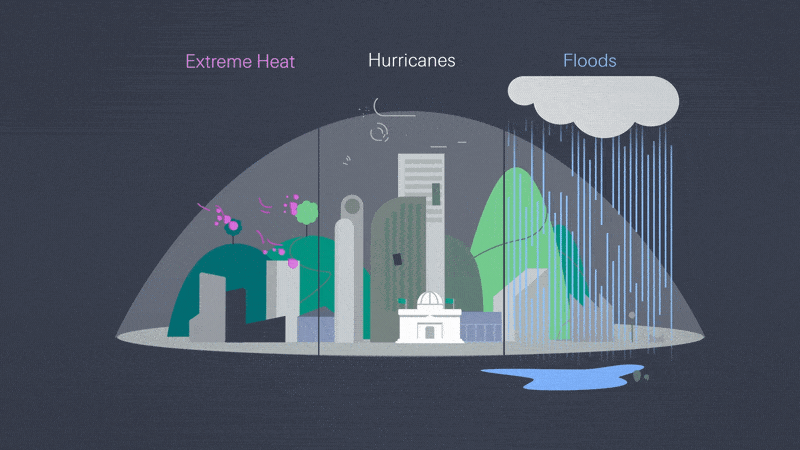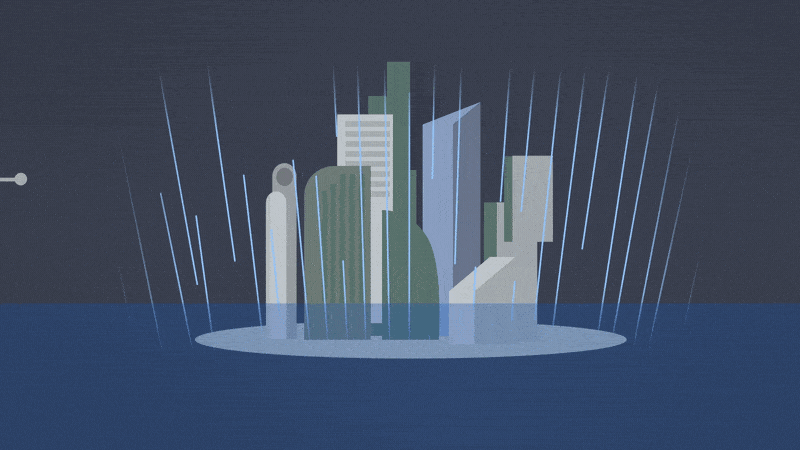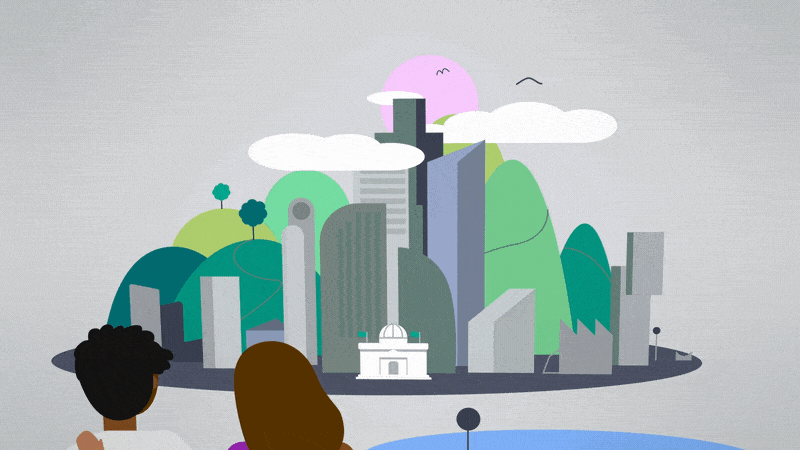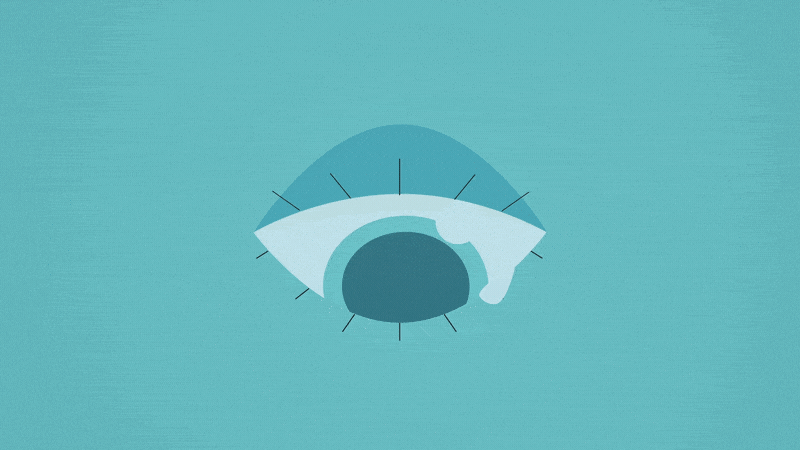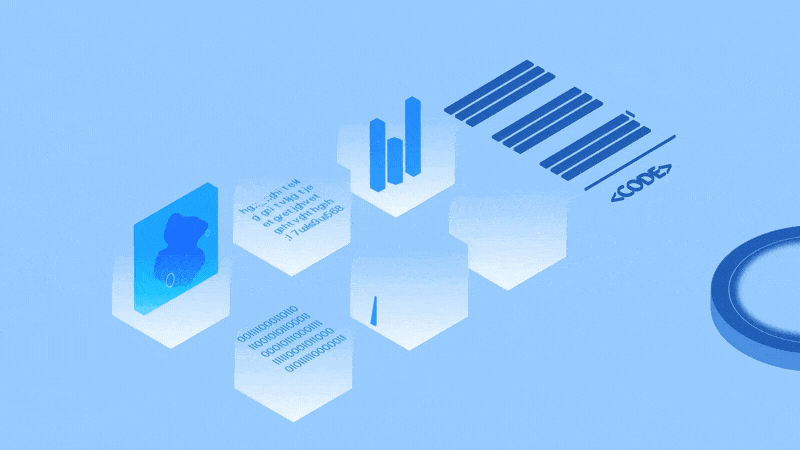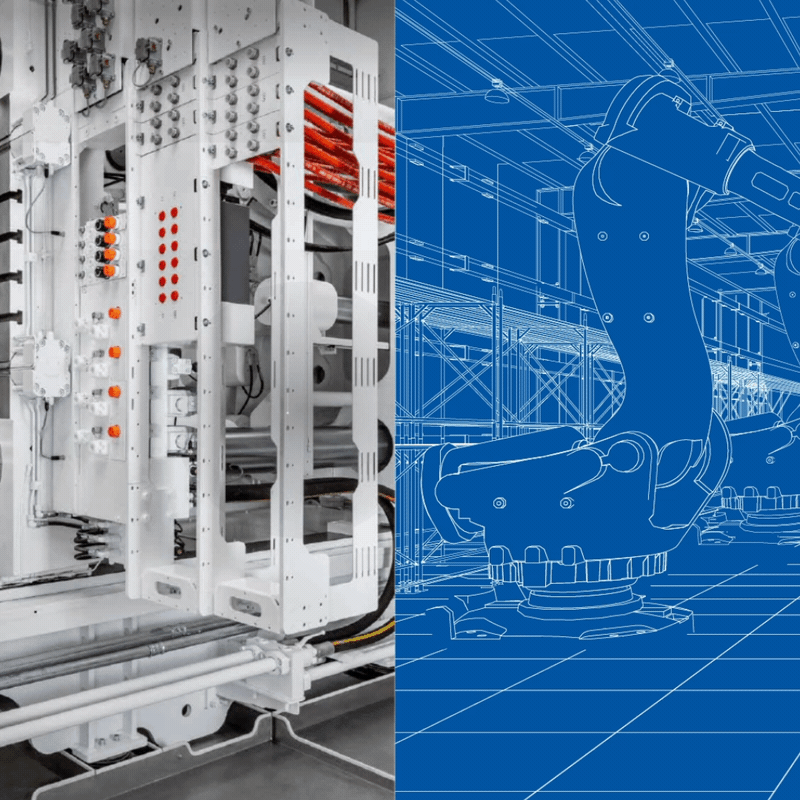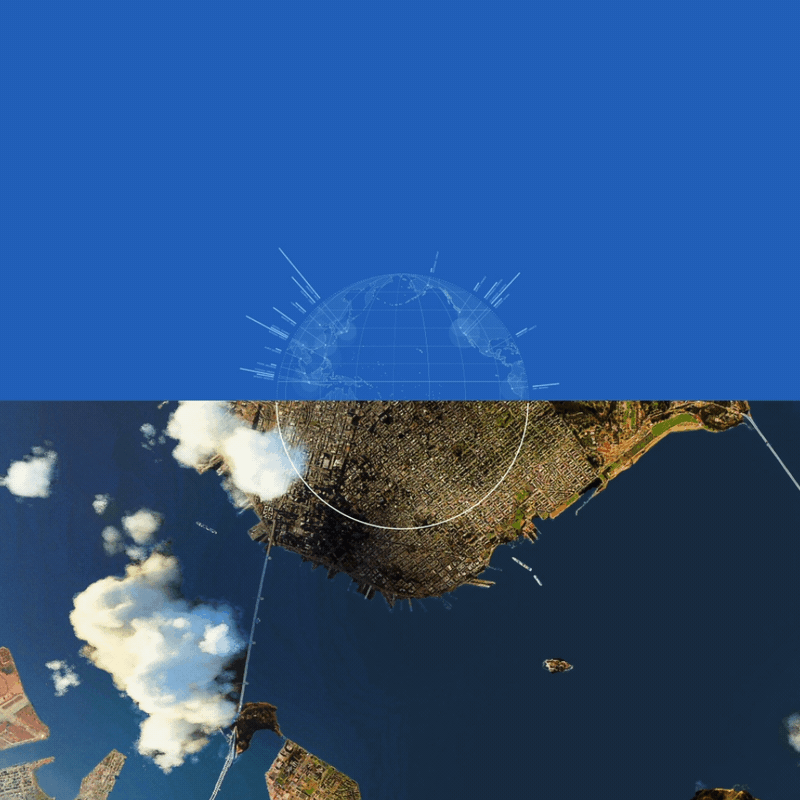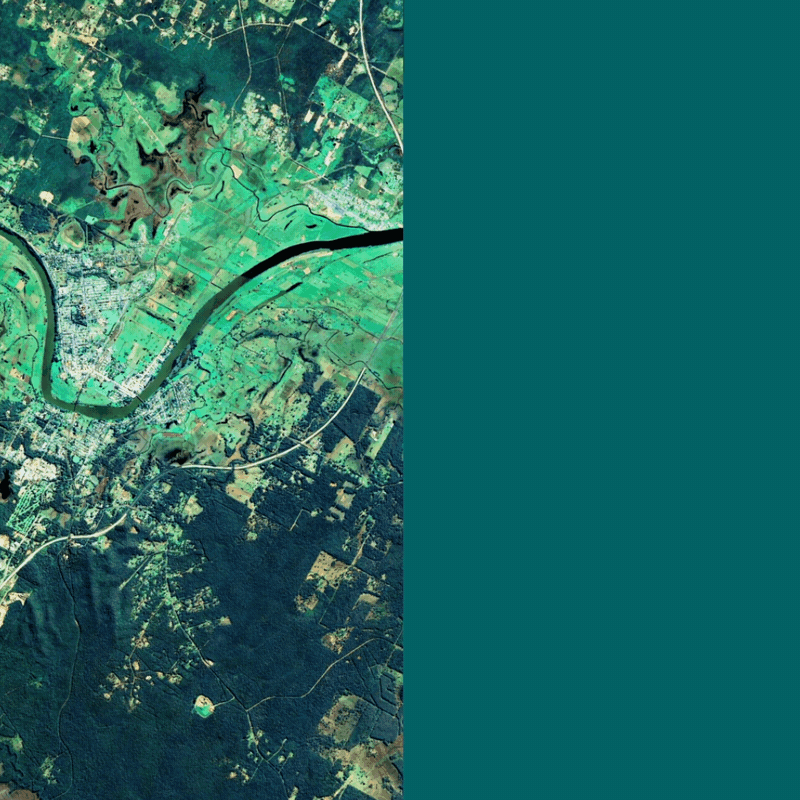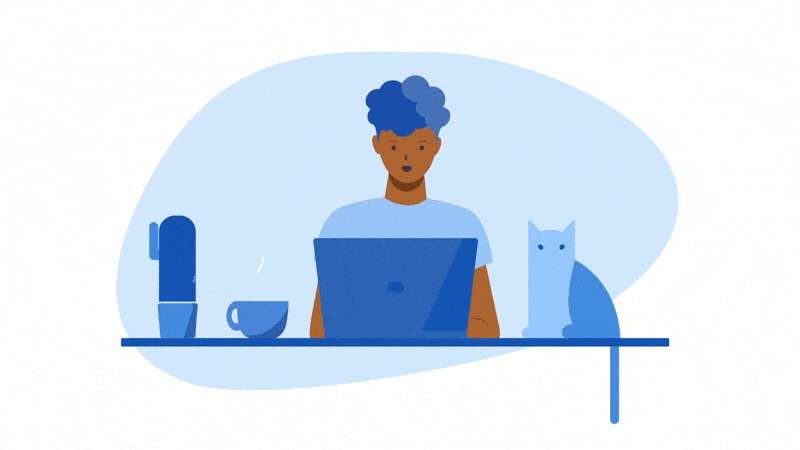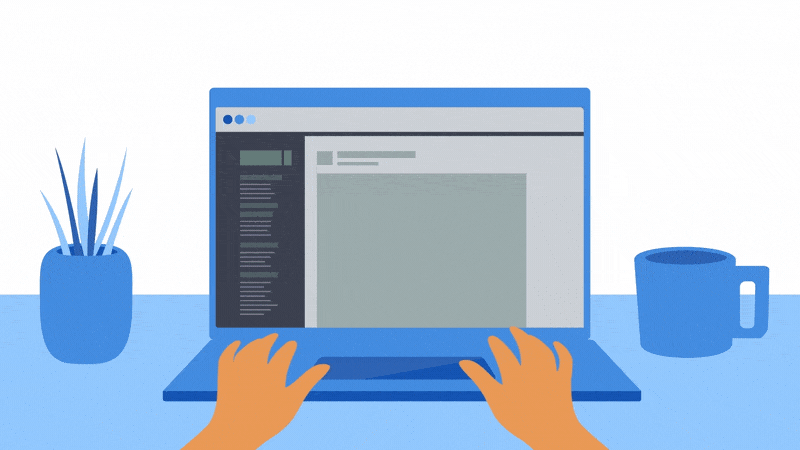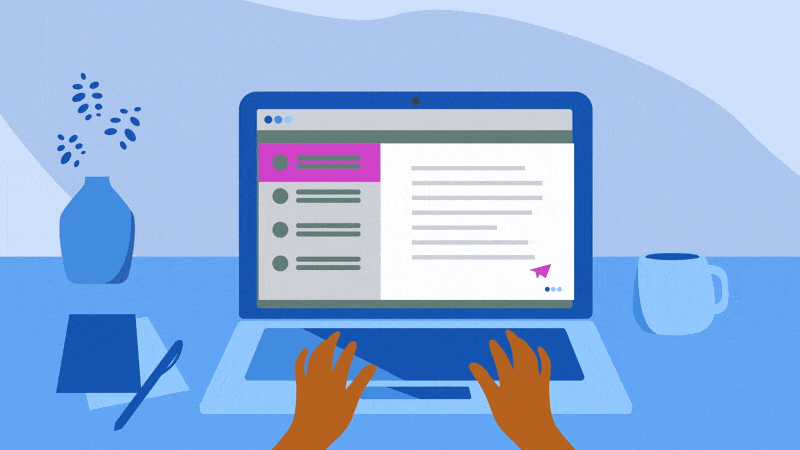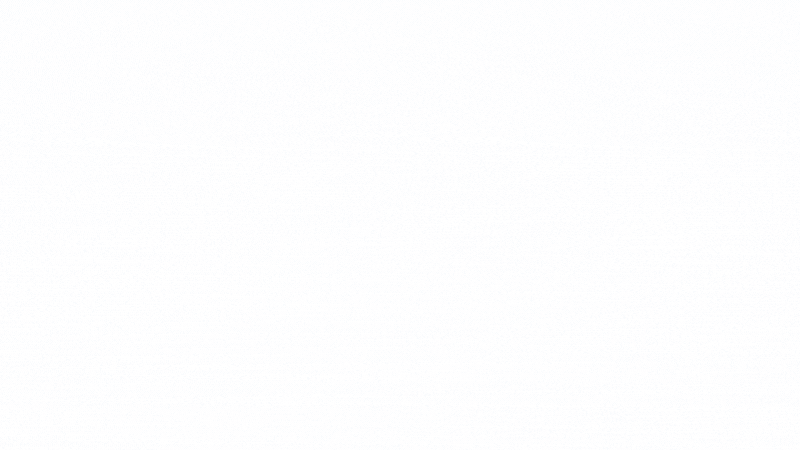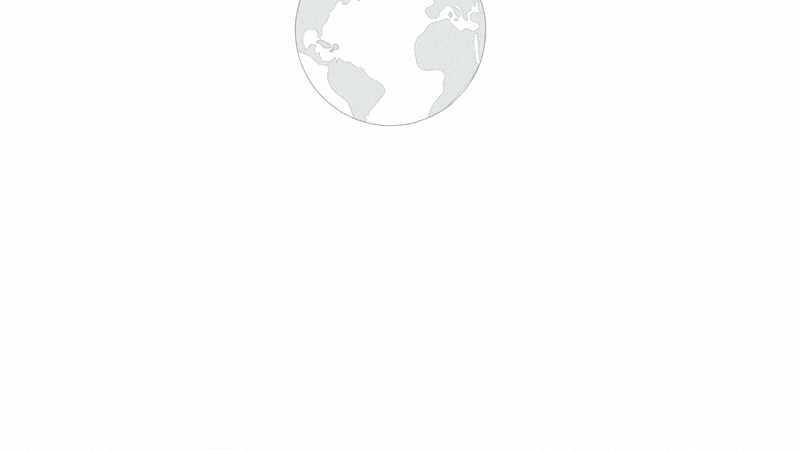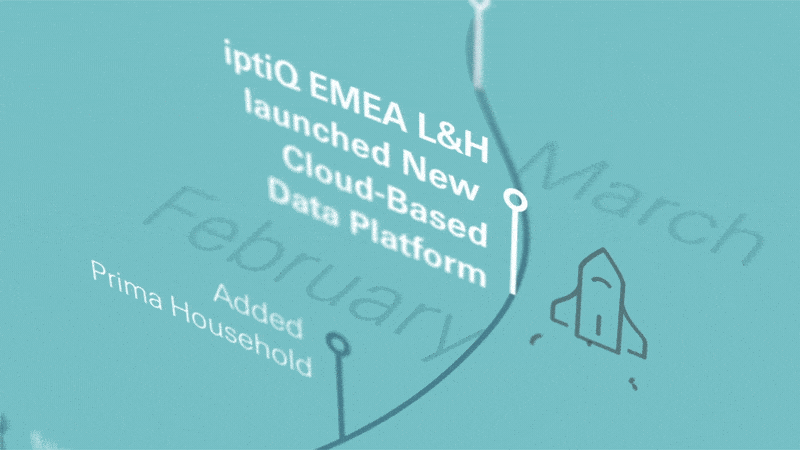
Swiss Re – Building a Motion Design System for Corporate Communication
Motion design is not just about moving visuals. It's about moving ideas.
At Swiss Re, I was part of a three-person team that built the motion design department from the ground up.
Together, we introduced motion as a strategic communication tool, capable of transforming complex, abstract topics in the reinsurance industry into clear, engaging, and digestible visual stories.
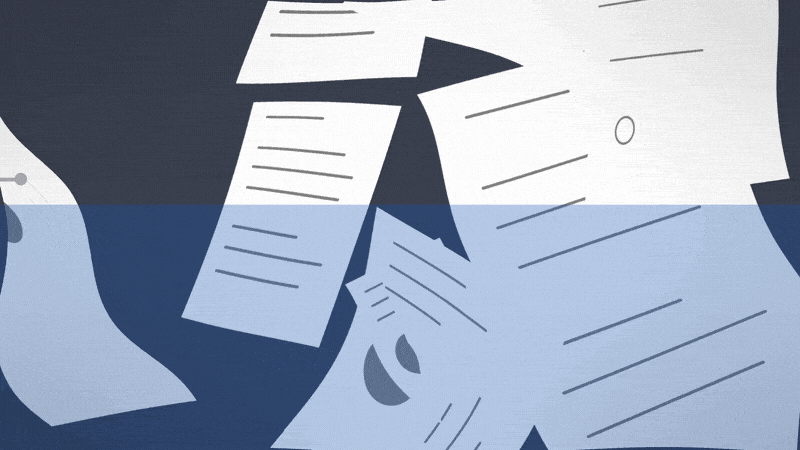
The Gates
-
Clarifying the message and objective.
→ In this phase, we meet with stakeholders to define the topic, target audience, key message, and desired outcome. We also set the tone, format, and timeline. It’s all about asking questions. -
Shaping the voice and visual direction.
→ We develop a clear and concise script, often in collaboration with the client. In parallel, we creat still styleframes that define the visual look and tone of the animation. At this point, we also begin sourcing and securing voice talent. -
Mapping out the narrative and pacing.
→ We translate the script into a visual sequence. First as a storyboard and then as an animatic (storyboard distributed on a movie timeline with timed voiceover). This helps stakeholders understand timing, flow, and transitions early on.
This gate marks the most important, as changes after this gate can cause serious delay in delivery. That’s why any kind of changes must be made prior to approval of this gate. -
Bringing it all to life.
→ Once approved, we begin with the final animation. We apply brand-aligned motion design principles, working in After Effects and other tools to deliver expressive, high-fidelity visuals. -
Fine-tuning and polish.
→ We add sound effects, transitions, and final tweaks. This stage also includes rendering, accessibility checks (e.g., readability, pace), and delivery formatting (MP4, GIF, etc.). -
Reflecting, improving, and documenting.
→ After delivery, we meet with stakeholders to gather feedback on both the content and the process. This phase helped us continuously improve workflows, templates, and communication.
What We Built
-
We developed and documented a scalable process from concept to final delivery. This included clearly defined approval stages, or “Gates”, to align stakeholders early and often. Each gate helped reduce rework, improve alignment, and streamline delivery across departments.
-
I translated Swiss Re’s static corporate brand guidelines into a motion design system: rules for animation timing, logo behavior, transitions, and visual rhythm. This ensured consistency across all motion assets, whether internal explainer videos, social media posts, or event materials
-
We created modular After Effects templates, adaptable for various use cases, from executive comms to training materials. This empowered non-designers to request assets with clarity, and enabled our team to scale high-quality motion work efficiently.
Why It Mattered
-
By turning complex financial content into simple, engaging stories, we increased comprehension, viewer retention, and emotional connection.
-
Our process demystified motion design, making it easier for collaborators to brief, iterate, and trust the result
-
Motion design became a bridge between abstract business concepts and clear understanding—helping teams grasp new initiatives, processes, and strategies with ease.
-
Through visual storytelling, we brought consistency and accessibility to ideas that previously lived only in dense text or static slides.
-
Not just a stylistic layer, but a meaningful format that shaped how ideas were seen, remembered, and acted on across the company.



